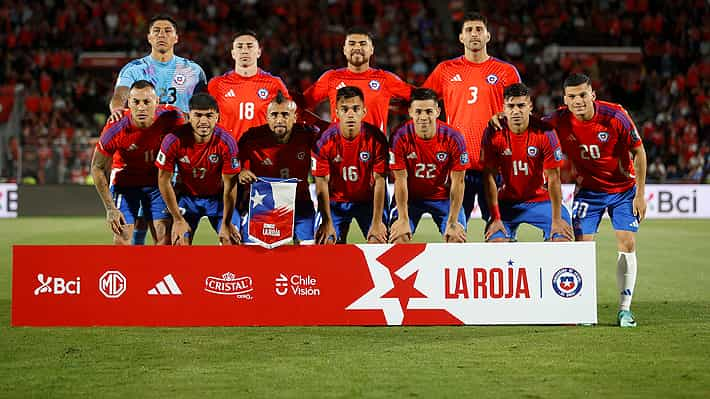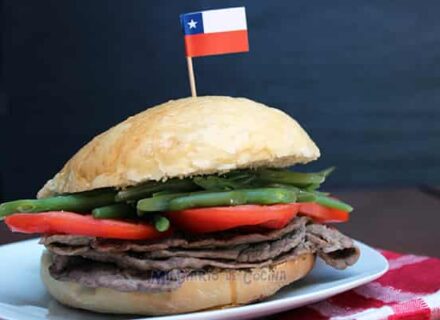The Chile National Football Team, known as “La Roja,” is one of South America’s most historic and passionate teams. With a legacy spanning more than a century, Chile has experienced highs and lows, from its first international matches to its historic Copa América victories. This article explores the team’s history, achievements, key players, tactics, and future prospects.
Early History and Foundation
The Chilean national team played its first official match on May 27, 1910, against Argentina. Chile was one of the four founding members of CONMEBOL in 1916 and participated in the first-ever Copa América, then called the South American Championship. The team struggled in its early years, often overshadowed by South American powerhouses like Argentina, Brazil, and Uruguay.
World Cup Participation
1930: The First World Cup
Chile was among the participants in the inaugural FIFA World Cup in 1930, held in Uruguay. Despite a strong start with victories over Mexico and France, they failed to advance past the group stage due to a loss against Argentina.
1962: A Historic World Cup on Home Soil
The 1962 FIFA World Cup was a turning point in Chilean football history. As the host nation, Chile made a deep run into the tournament, reaching the semifinals before losing to Brazil, who went on to win the title. Chile finished in third place after defeating Yugoslavia 1-0 in the third-place match. This remains Chile’s best World Cup performance to date.
1998: Return to the World Stage
After a long absence, Chile returned to the World Cup in 1998, led by the attacking duo of Marcelo Salas and Iván Zamorano. The team reached the Round of 16 but was eliminated by Brazil.
2010 and 2014: The Golden Generation
Chile’s golden generation emerged in the late 2000s under the management of Marcelo Bielsa. The team qualified for the 2010 and 2014 World Cups, playing an exciting, high-pressing style. In both tournaments, Chile reached the Round of 16 but was eliminated by Brazil.
Copa América Success
2015: First Copa América Victory
Chile hosted the 2015 Copa América and won their first major international title. Under the management of Jorge Sampaoli, Chile defeated Argentina in the final after a penalty shootout. This historic victory ignited a golden era for Chilean football.
2016: Copa América Centenario Champions
In 2016, Chile defended their title by winning the Copa América Centenario, again defeating Argentina in the final through a penalty shootout. This cemented Chile’s status as one of South America’s top teams.
Key Players in Chilean History
Marcelo Salas and Iván Zamorano
Marcelo Salas and Iván Zamorano were Chile’s most iconic forwards in the 1990s. Known as “Za-Sa,” their partnership was instrumental in Chile’s 1998 World Cup campaign.
Alexis Sánchez and Arturo Vidal
Alexis Sánchez and Arturo Vidal were key figures in Chile’s golden generation. Sánchez, the team’s all-time leading goal scorer, played for top clubs like Arsenal, Barcelona, and Inter Milan. Vidal, a powerful midfielder, won multiple league titles with Juventus, Bayern Munich, and Barcelona.
Claudio Bravo
As the captain during Chile’s golden era, goalkeeper Claudio Bravo played a crucial role in Chile’s Copa América triumphs. His leadership and shot-stopping abilities made him one of South America’s best goalkeepers.
Tactical Evolution
Marcelo Bielsa’s Influence
Under Marcelo Bielsa (2007-2011), Chile adopted an aggressive, high-pressing style that focused on quick passing and attacking play. Bielsa’s philosophy laid the foundation for future successes.
Jorge Sampaoli and Juan Antonio Pizzi
Jorge Sampaoli (2012-2016) refined Bielsa’s tactics, leading Chile to its first Copa América title. His successor, Juan Antonio Pizzi, maintained a similar approach and won the Copa América Centenario.
Defensive Issues and Tactical Shifts
In recent years, Chile has struggled defensively due to an aging squad. Coaches like Reinaldo Rueda and Martín Lasarte tried to implement more balanced tactics, but results have been inconsistent.
Challenges and Future Prospects
Aging Squad
Many key players from Chile’s golden generation, including Bravo, Sánchez, and Vidal, are now past their prime. Finding young replacements is a critical challenge.
Lack of New Talent
Chile has struggled to develop world-class players in recent years. However, young talents like Ben Brereton Díaz and Marcelino Núñez offer hope for the future.
2026 World Cup Qualification
Chile is currently in a transitional phase, trying to rebuild for the 2026 FIFA World Cup. The team needs a blend of experienced players and fresh talent to regain its competitiveness.
The Chile National Football Team has a rich history filled with memorable moments, from their strong World Cup performances to their Copa América triumphs. While they face challenges in the present, Chilean football has shown resilience and the ability to rebuild. With the right leadership and player development, La Roja can return to being one of South America’s elite teams.



